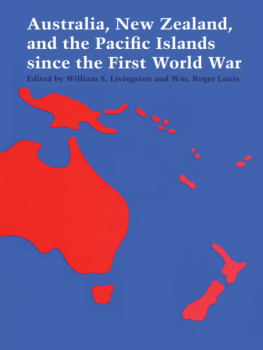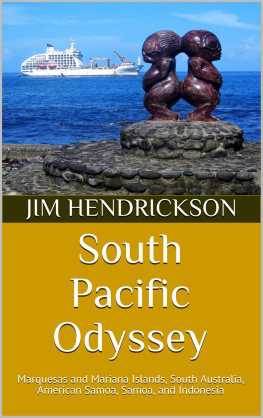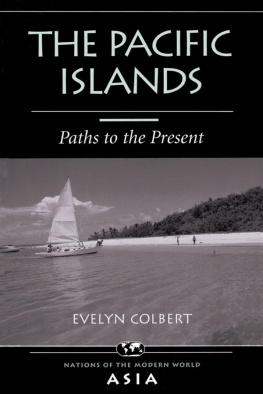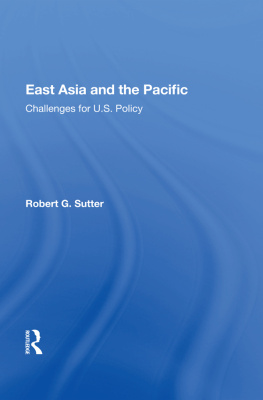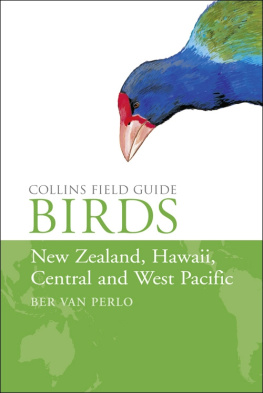Contents
Library of Congress Cataloging in Publication Data
Library ebook ISBN: 978-1-4773-0123-4
Individual ebook ISBN: 978-1-4773-0124-1
DOI: 10.7560/703445
Main entry under title:
Australia, New Zealand, and the Pacific Islands since the
First World War.
Includes index.
1. AustraliaHistory20th century. 2. New ZealandHistory1870 3. Islands of the PacificHistory. I. Livingston, William S. II. Louis, Wm. Roger. DU116.A9 990 78-24094
ISBN 0-292-70344-9
Copyright 1979 by the University of Texas Press
All rights reserved
Requests for permission to reproduce material from this work should be sent to:
Permissions
University of Texas Press
P.O. Box 7819
Austin, TX 78713-7819
utpress.utexas.edu/index.php/rp-form
Original print book design by Nancy Whittington
Australia, New Zealand, and the Pacific Islands since the First World War
Edited by William S. Livingston and Wm. Roger Louis
University of Texas Press, Austin
This volume is an attempt to assess the significant historical developments in the Southwest Pacific since the First World War. Its scope encompasses Australia, New Zealand, and the islands in the adjacent seas. Its themes are social and humanistic rather than scientific or technical, but the problems with which it is concerned include complex issues and a variety of intellectual disciplines. Some of the essays deal with international relations, some with politics, some with changing social structures, and one with literary themes. More specifically the theme of the volume can be described as the evolution of a regional identity, along with the evolution of separate national identities, in Australia, New Zealand, and the Pacific islands. What ties the chapters together and gives the book as a whole a particular character is the consideration of these new and distinct identities against a background dominated by the simultaneous erosion of British power and expansion of American influence. It is the interaction among three forcesdwindling British power, rising American influence, and nationalism in a variety of formsthat has transformed the Southwest Pacific since the time of the First World War, a transformation seen most clearly in the decolonization of the islands.
The Southwest Pacific wasand perhaps in a sense still isalmost wholly a British area. Historically it has appeared as a British enclave set down in a distant and alien world. Australia and New Zealand saw themselves as outposts of Britain, dependent in many ways on the mother country. But, in the period treated in this book, the dominion and power of Britain have diminished, and the peoples of the Southwest Pacific have had to reexamine their position and reassess their policies. A recurring and insistent theme of the book is accordingly the gradual decline of British power and the ascendancy of other influences, above all the American. In the essays by Norman Harper and C. Hartley Grattan this theme is explicit, but it permeates many of the others as well. Yet clearly it would be a mistake to evaluate the major events of the Southwest Pacific since the First World War with either the British Empire-Commonwealth or the United Statesor bothas the sole points of reference. Australia and New Zealand have their own unique identities, as indeed do the island peoples of the Pacific, and it would be a mistake to underrate the importance of those identities in any interpretation of those events. The cardinal purpose of the present volume is to synthesize the various interpretations of the forces that have helped shape the character of the region. Collectively these essays thus attempt to understand, not only the ways in which a traditionally British area has come increasingly under American sway, but also the ways in which the peoples of the Southwest Pacific themselves are asserting their own distinctive national personalities.
It is no accident that the book emerges from America, or indeed from Texas. With two exceptions, the essayists are all Australians or New Zealanders. But the two exceptionsJoseph Jones and Hartley Grattantogether with both editors, are on the faculty of the University of Texas. The setting of the University of Texas has been particularly favorable for the development of the book. The Humanities Research Center is the home of the Grattan Collectionofficially the University of Texas Collection of Southwest Pacificana. That collection of books, pamphlets, journals, magazines, and correspondence was assembled through the diligent effort of Hartley Grattan over a third of a century. It now constitutes the single most valuable collection in the United States of materials on Australia, New Zealand, and the Southwest Pacific in general. Another element of the university setting that has helped to shape this volume is the Faculty Seminar on British Studies. The seminar has produced extended discussions about the history and politics of the British Empire and Commonwealth and the changing nature of the Southwest Pacific. The present book has been much assisted by some of those discussions.
In particular the idea of this volume originated in conversations with Hartley Grattan, who assisted in the planning of the project and enlisted several of the contributors. In an important sense, this study stands as a tribute to the imprint of Grattans work on the scholarship of the Southwest Pacific.
The organization of the book is intended to provide the reader with a guide through the broad and complex materials with which it deals. The essays by Allan Martin and Keith Sinclair are companion pieces designed to survey the historical literature of Australia and New Zealand, as well as to illuminate the sense of evolving identities in the Southwest Pacific. Mary Boyd builds a bridge across the Tasman by tracing the history of Australian-New Zealand relations. The next two companion essays are concerned with foreign policy: the one on New Zealand by F. L. W. Wood and Roderic Alley emphasizing relations with Britain and the one on Australia by Norman Harper having an American thrust. Geoffrey Sawers essay on constitutional problems provides a key to understanding the Australian political system, namely, its essential conservatism. Joseph Jones explores the literary aspects of the area, including the island literature. The emphasis of his essay is not so much on literary criticism as on the evolution of a literary consciousness which is at once part of evolving national identities and part of a growing international use of English as a world language. The shift from a political emphasis to cultural and ethnic aspects of identity continues with the two companion pieces by W. E. H. Stanner on the Australian Aborigines and by M. P. K. Sorrenson on the New Zealand Maoris, which interpret the place and development of the indigenous inhabitants in the societies of Australia and New Zealand. Deryck Scarrs essay traces the emergence of the island groups from colonial status to independence. In Grattans concluding essay there is an original interpretation of events in the Southwest Pacific that includes, among other things, the argument that the most significant changes in the region can be ascribed to the break-up of the British Empire. J. D. B. Millers introductory essay affords an overview of the volume and provides suggestions on the direction of future research and trends of historical understanding.
One or two technical questions deserve explanation because they have led to small aberrations or inconsistencies of usage. We have capitalized such words as Aboriginal, Aborigines, and Pakeha in accord with established usage in Australia and New Zealand. The two countries differ, however, in their spelling of the word labor. The party in Australia is Labor but that in New Zealand is Labour, and we have tried to conform to local usage in each case. Where the meaning is unspecific or inclusive, we have used the American spelling, which is the same as the Australian.

